The results are in for AkzoNobel

AkzoNobel see half-year revenue up four per cent, maintaining strong progress on the strategy to accelerate growth and value creation. Strategy measures include capacity expansions in Brazil, Mexico, Sweden and Thailand, two acquisitions announced to strengthen performance coatings business, decorative paint product launches including Levis in China and EasyCare in Brazil, upcoming shareholder engagement plans and a change in set-up of the executive committee.
The results for the half-year have shown volumes to be up two per cent, driven by decorative paints and specialty chemicals, revenue up in all Business Areas and four per cent overall, mainly due to volume growth and acquisitions. EBIT1 is up one per cent at €837 million (2016: €825 million), mainly due to volume growth and continuous improvement, partly offset by higher raw material costs and continued weak demand in marine and protective coatings.
Q2 results find that revenue is up two per cent driven by performance coatings and specialty chemicals. EBIT is at €461 million (2016: €491 million), impacted by continued weak demand in marine and protective coatings, higher raw material costs and planned maintenance turnarounds in industrial chemicals. Adjusted EPS is up two per cent at €1.35 (2016: €1.32), with the €160 million share repurchase program completed.
AkzoNobel continues to anticipate positive developments for EMEA (excluding the UK), North America and Asia, improving during the year, while Latin America is expected to stabilize. Market trends will remain challenging for the marine and oil and gas industries. The company continues to expect EBIT for 2017 to be around €100 million higher than 2016, as a result of growth momentum and continuous improvement, assuming no further material changes in market and economic dynamics, including foreign currencies.
CEO Thierry Vanlancker, commented, ‘We remain focused on executing our new strategy and continue to expect EBIT for 2017 to be around €100 million higher than 2016, as a result of growth momentum and continuous improvement. This assumes no further material changes in market and economic dynamics, including foreign currencies.’







